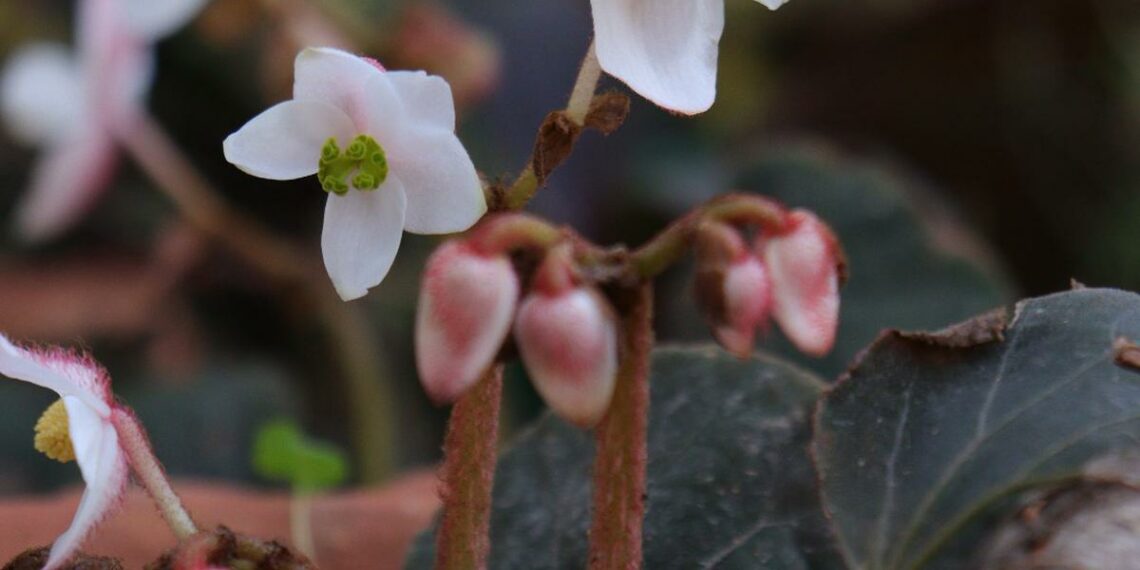ITANAGAR: A vibrant new flowering plant species, named “Begonia Narahari”, has been unearthed in the picturesque Mishmi Hills of Arunachal Pradesh’s Lohit district.
What sets this discovery apart is its unique nomenclature, as the plant has been named in honour of Dr. G. Narahari Sastry, a distinguished scientist from Hyderabad and former CSIR-Director of North East Institute of Science and Technology (NEIST), Jorhat (Assam).
Dr Sastry’s notable contributions to establishing the Germplasm Conservation Centre for Bioresources at NEIST and his unwavering commitment to enhancing the well-being of the Northeast were acknowledged through this gesture.
Dr Sastry, while humbled by the honour, attributed the recognition to the affection of the scientists involved in the discovery.
The “Begonia Narahari” was accurately identified and documented by a team of scientists led by University of Science & Technology Meghalaya’s assistant professor Nazir Ahmad Bhat and research scholar Bipankar Hajong, under the guidance of senior scientist Pankaj Bharali from CSIR- NEIST.
What makes this discovery even more remarkable is its distinctive feature of displaying a vivid blue iridescence when exposed to direct light.
The plant, belonging to the genus Begonia, is renowned for its striking appearance and is considered one of the largest and fastest-growing genera of flowering plants.
With over 2,100 species, Begonia plants are primarily found in tropical and subtropical regions across the globe.
The scientific validation of the discovery involved thorough evaluation of specimens, expert scrutiny, and consultation of herbarium collections.
The finding, recognised as a new species within the Begonia sect, has been published in the esteemed international journal Phytotaxa, further highlighting its significance.
With this discovery, Arunachal Pradesh’s Mishmi Hills once again underscores its potential as a hotspot for biodiversity research, offering valuable insights into the region’s ecological richness and untapped resources.















